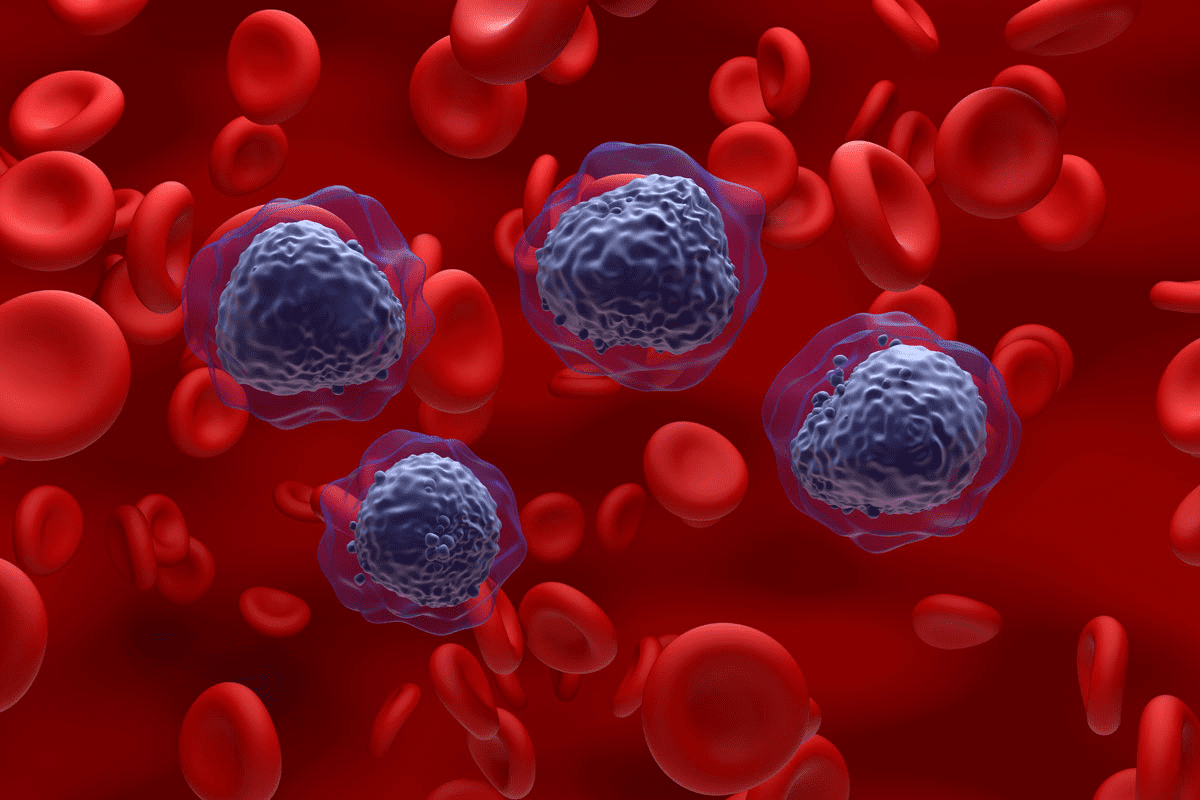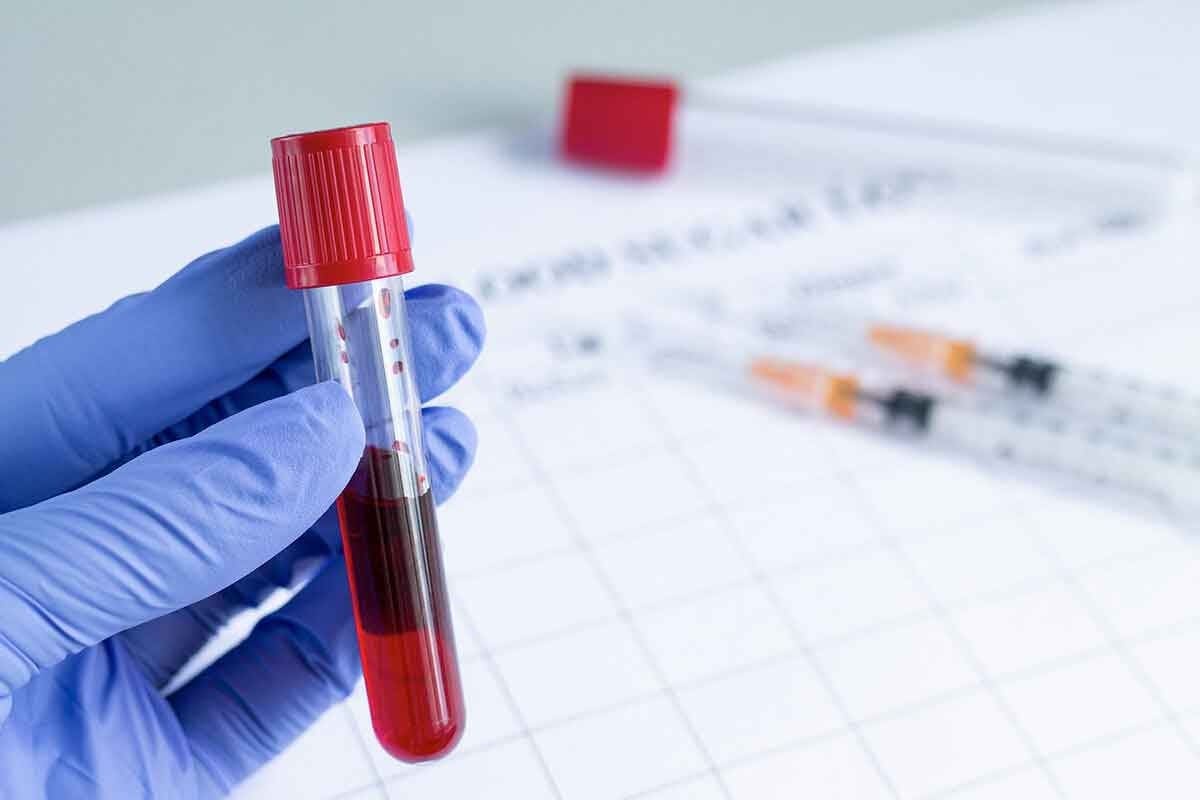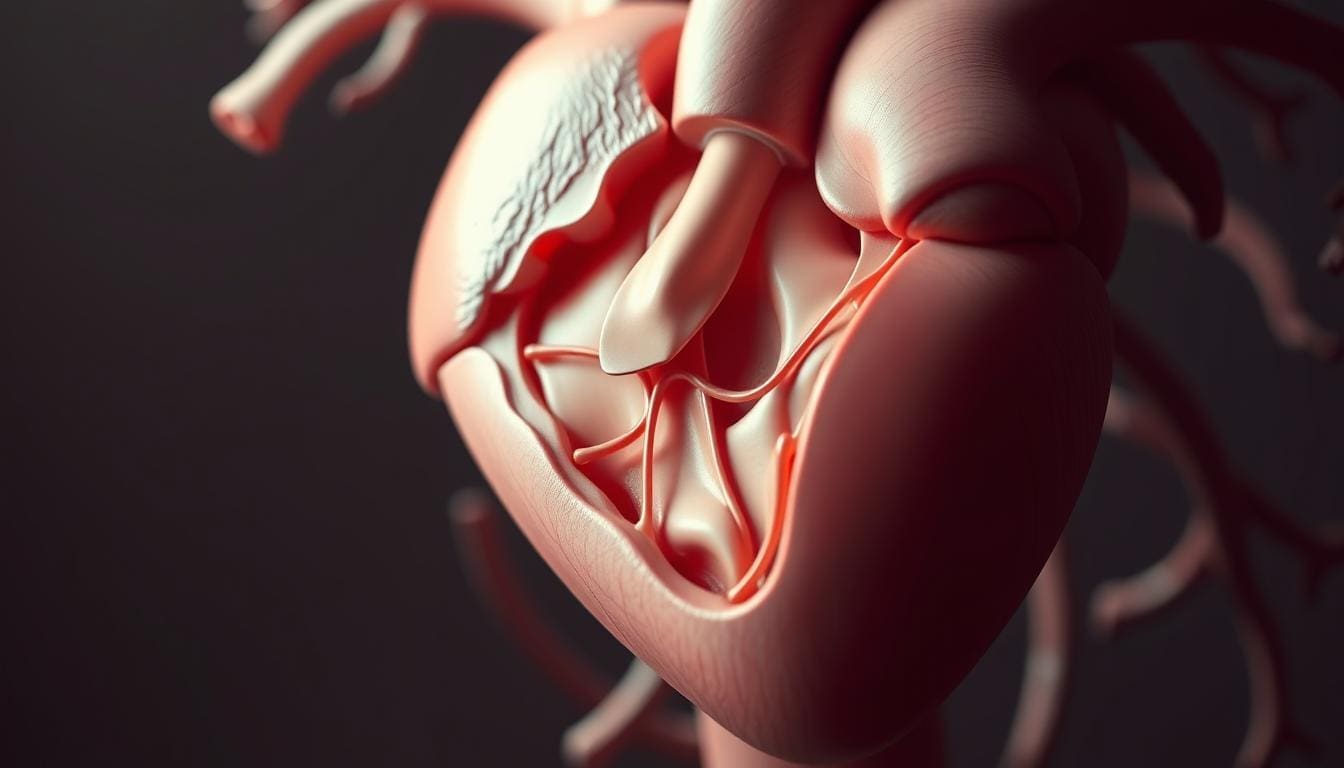Last Updated on November 26, 2025 by Bilal Hasdemir
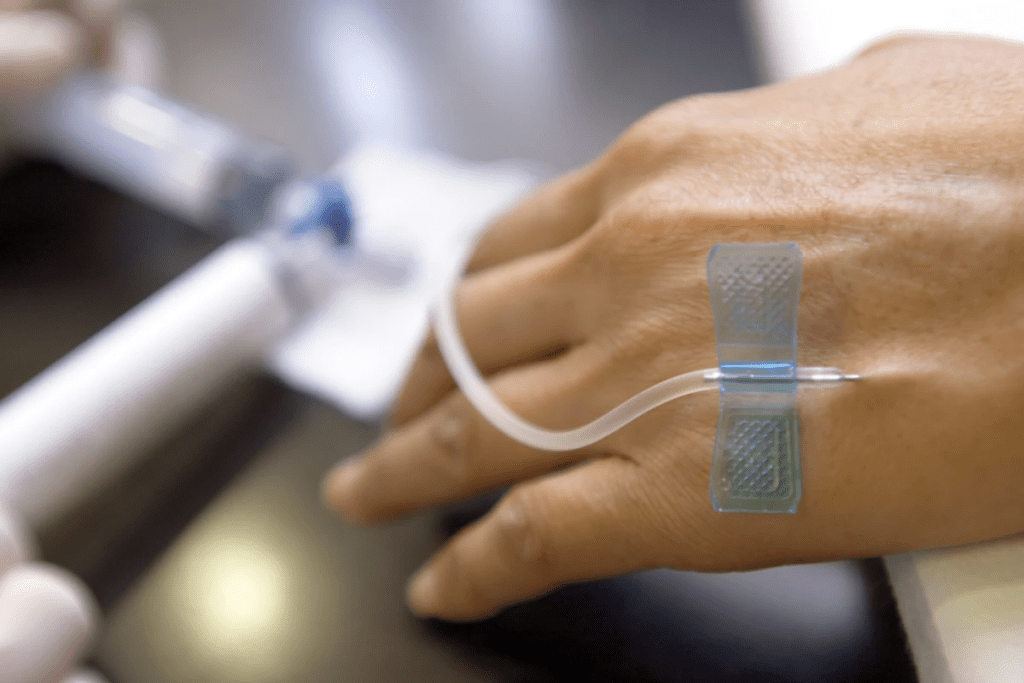
Nearly 1.9 million new cancer cases are diagnosed every year in the United States, and a large number of these patients receive chemotherapy as part of their treatment. Adjuvant setting definition refers to a treatment phase that follows the main therapy, such as surgery, to reduce the risk of cancer returning.
Adjuvant chemotherapy is one of the most effective therapies in this setting and has improved survival rates across many cancer types. Understanding which cancers benefit from adjuvant chemotherapy helps both patients and doctors create more effective, personalized treatment plans.
Key Takeaways
- Cancers that benefit from adjuvant chemotherapy include breast, colon, and lung cancers.
- Adjuvant therapy is given after primary treatment to reduce cancer recurrence risk.
- The goal of adjuvant chemotherapy is to eliminate remaining cancer cells.
- Adjuvant chemotherapy can improve survival rates for certain cancer types.
- Patient-specific factors influence the decision to use adjuvant chemotherapy.
Definition and Purpose of Adjuvant Chemotherapy
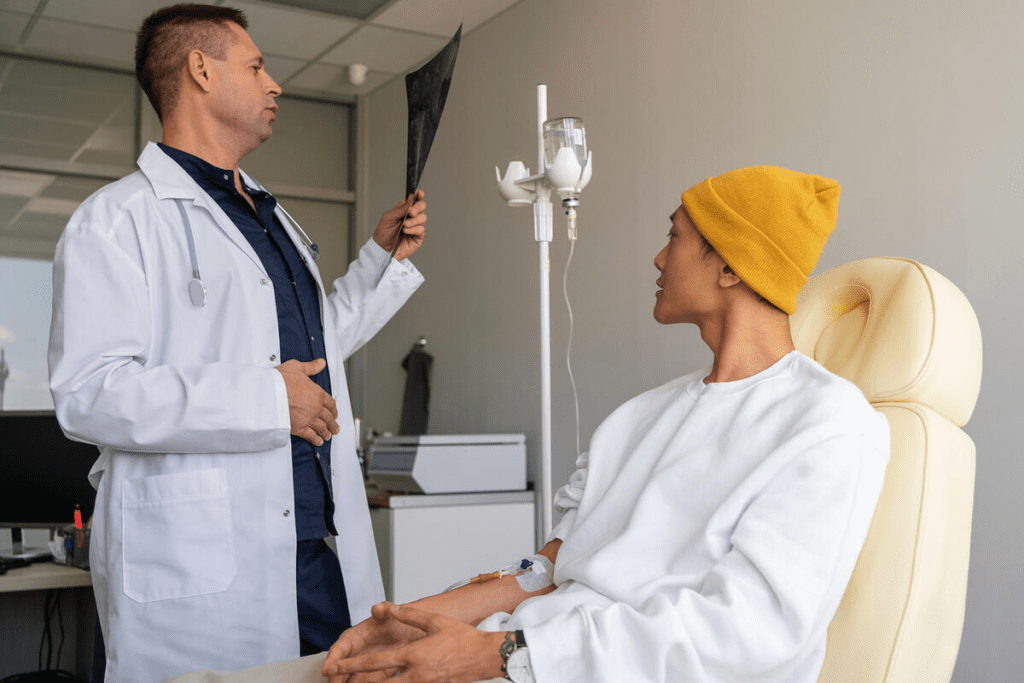
It’s important for patients to understand how adjuvant chemotherapy works. Adjuvant chemotherapy is a treatment given after the main therapy to lower cancer recurrence risk.
Its main goal is to kill any cancer cells left behind after the main treatment. This helps reduce the chance of cancer coming back. The role of adjuvant chemotherapy is to support the main treatment, like surgery or other therapies.
| Purpose | Benefits |
| Eliminate remaining cancer cells | Reduces risk of cancer recurrence |
| Supplementary to primary treatment | Improves survival rates |
| Targets microscopic cancer cells | Enhances treatment outcomes |
In short, adjuvant chemotherapy is key in cancer treatment. It aims to kill any cancer cells left after the main treatment. This way, it helps prevent cancer from coming back, improves survival chances, and boosts treatment success.
Benefits of Adjuvant Chemotherapy

Adjuvant chemotherapy is key in fighting many cancers. It brings many benefits to patients. Knowing these advantages helps patients and doctors choose the best treatments.
| Benefit | Description |
| Reduced Risk of Recurrence | Adjuvant chemotherapy kills off any cancer cells left behind. This lowers the chance of cancer coming back. |
| Improved Survival Rates | By cutting down on cancer recurrence, adjuvant chemotherapy boosts survival chances for patients. |
| Targeted Treatment | Adjuvant chemotherapy targets cancer cells directly. This helps protect healthy cells from harm. |
Adjuvant chemotherapy is often paired with surgery and radiation therapy. This combination helps create a treatment plan that meets each patient’s needs.
Cancers Treated with Adjuvant Chemotherapy
Many cancers are treated well with adjuvant chemotherapy. This treatment is given after the main therapy. It aims to kill any cancer cells left behind.
Types of Cancer Treated with Adjuvant Chemotherapy
Adjuvant chemotherapy helps with several cancers, including:
- Breast Cancer
- Colon Cancer
- Lung Cancer
Each cancer type reacts differently to this treatment.
Thanks to adjuvant chemotherapy, patients with these cancers live longer.
| Cancer Type | Purpose of Adjuvant Chemotherapy | Benefits |
| Breast Cancer | Kill remaining cancer cells after surgery | Improved survival rates, reduced recurrence |
| Colon Cancer | Eliminate cancer cells that may have spread | Enhanced survival, reduced risk of metastasis |
| Lung Cancer | Target microscopic cancer cells | Better prognosis, reduced risk of recurrence |
Adjuvant chemotherapy is key in cancer treatment. It gives patients a better chance of survival and lowers the risk of cancer coming back.
Adjuvant Chemotherapy vs. Neoadjuvant Chemotherapy
Adjuvant and neoadjuvant chemotherapy are two cancer treatment methods. They differ in when they are used compared to the main treatment.
Adjuvant chemotherapy is given after the main treatment, like surgery. It aims to kill any cancer cells left behind. This helps lower the chance of cancer coming back.
Neoadjuvant chemotherapy is used before the main treatment. It works to shrink the tumor. This makes it simpler to remove surgically. It also tackles cancer spread early on.
| Characteristics | Adjuvant Chemotherapy | Neoadjuvant Chemotherapy |
| Timing | After primary treatment | Before primary treatment |
| Purpose | Kill remaining cancer cells | Shrink tumor before surgery |
| Benefits | Reduces recurrence risk | Makes surgery easier, addresses microscopic spread |
In conclusion, both adjuvant and neoadjuvant chemotherapy are critical in cancer treatment. They have different roles based on when they are given. Knowing these differences is essential for managing cancer effectively.
Mechanism of Action of Adjuvant Chemotherapy
Adjuvant chemotherapy targets tiny cancer cells left after initial treatments. Adjuvant chemotherapy is a treatment that goes through the whole body. It aims to get rid of any cancer cells left after surgery.
This treatment moves through the body, finds, and kills cancer cells that might have spread. This is key to lowering the chance of cancer coming back.
How well adjuvant chemotherapy works depends on several things. These include the type of cancer, how advanced it was when found, and the patient’s health. Tailoring the chemotherapy regimen to each patient is vital for the best results.
Key Aspects of Adjuvant Chemotherapy Mechanism
- Targeting Residual Cancer Cells: Adjuvant chemotherapy is made to find and kill cancer cells left after the first treatment.
- Systemic Treatment: It’s a treatment that goes all over the body to find and kill cancer cells.
- Reducing Recurrence Risk: By getting rid of leftover cancer cells, adjuvant chemotherapy greatly lowers the chance of cancer coming back.
| Aspect | Description | Benefit |
| Targeting Residual Cells | Eliminates cancer cells left after primary treatment | Reduces risk of recurrence |
| Systemic Approach | Circulates through the body to find cancer cells | Effective against micrometastases |
| Personalized Regimen | Tailored to individual patient needs | Maximizes treatment efficacy |
In conclusion, adjuvant chemotherapy works in many ways. It targets and gets rid of leftover cancer cells to stop cancer from coming back. Knowing how it works is important for understanding its role in treating cancer.
Side Effects of Adjuvant Chemotherapy
Adjuvant chemotherapy is used to kill any cancer cells left after the main treatment. It can lead to different side effects. These depend on the type and amount of chemotherapy used.
- Nausea and Vomiting: Chemotherapy-induced nausea and vomiting (CINV) are common side effects.
- Fatigue: Patients often experience extreme tiredness.
- Hair Loss: Many chemotherapy drugs cause hair loss.
It’s important to manage these side effects to improve patients’ quality of life. Ways to do this include taking medication, resting, and using scalp cooling.
Impact of Adjuvant Chemotherapy on Quality of Life
It’s important to know how adjuvant chemotherapy affects quality of life. This treatment is given after the main treatment to lower cancer coming back. It can change a patient’s daily life and how they feel overall.
The effects of adjuvant chemotherapy on quality of life differ for everyone. Things like the cancer type, the chemotherapy used, the patient’s health, and their support system play a role.
Adjuvant chemotherapy can lead to side effects like tiredness, nausea, hair loss, and more infections. These can make everyday tasks, social life, and mood harder.
To deal with these effects, patients can try a few things:
- Eating well and drinking plenty of water
- Doing gentle exercises like walking or yoga
- Trying stress-reducing activities like meditation or deep breathing
- Getting help from family, friends, or support groups
Even with these challenges, many patients can keep up with their lives with some changes. It’s key for doctors to talk about these impacts with patients. They should give them the info and help they need to handle their treatment well.
Key Considerations for patients on adjuvant chemotherapy include:
- Knowing their treatment plan and possible side effects
- Having a support system
- Talking openly with their healthcare team
By being proactive and well-informed, patients can lessen the bad effects of adjuvant chemotherapy. This can make their treatment and life after it better.
Adjuvant Chemotherapy in Various Cancers
Adjuvant chemotherapy is key in fighting many cancers. It helps get rid of any cancer cells left after the first treatment. This is to lower the chance of cancer coming back.
In breast cancer, adjuvant chemotherapy is very important. It helps those with high-risk features, like big tumors or cancer in the lymph nodes. This treatment can greatly increase survival chances.
For colon cancer, adjuvant chemotherapy is used after surgery. The choice to use it depends on the cancer’s stage and type.
Advances in Adjuvant Chemotherapy
New chemotherapy agents and targeted therapies are changing adjuvant chemotherapy. These advancements include targeted therapies that aim at specific cancer cells. This reduces damage to healthy cells.
Immunotherapy is also a new area in adjuvant chemotherapy. It uses the body’s immune system to fight cancer. Checkpoint inhibitors, for example, help the immune system attack cancer cells more effectively.
Genetic profiling is another key area of progress. It helps doctors create treatment plans that fit each patient’s needs. This makes treatments more effective and improves patient outcomes and quality of life.
Outcomes of Adjuvant Chemotherapy
Adjuvant chemotherapy greatly improves survival rates and lowers cancer recurrence risk. Adjuvant chemotherapy boosts patient outcomes in many cancers.
Research shows it increases overall survival rates and disease-free survival in some cancers. For example, in breast cancer, it cuts down recurrence risk and boosts long-term survival.
Outcomes vary based on cancer type, stage, patient health, and chemotherapy type. Personalized medicine helps tailor treatments for better results.
Clinical trials are key in testing adjuvant chemotherapy’s effectiveness. They help find new, better treatments. This research guides healthcare professionals on using adjuvant chemotherapy best.
In summary, adjuvant chemotherapy is vital in cancer treatment. It offers better survival chances and lowers recurrence risk for many. Ongoing research and new treatment methods will make it even more effective.
Clinical Trials in Adjuvant Chemotherapy
Clinical trials help find the best adjuvant chemotherapy for different patients. They are crucial for evaluating the efficacy and safety of these treatments. This helps find the most effective treatments with fewer side effects.
These trials aim to answer key questions about adjuvant chemotherapy. They look at its effectiveness for certain cancers, the right dosage, and how long to treat. By joining clinical trials, patients can try new treatments not available elsewhere.
Conducting clinical trials involves several phases, each with its goals:
- Phase I: Checks the safety and how well the treatment is tolerated.
- Phase II: Looks at how well the treatment works and its safety.
- Phase III: Compares the new treatment with the current standard, using more patients.
Understanding these trials helps doctors make better choices for cancer treatment. This leads to better outcomes for patients.
Clinical trials play a big role in improving cancer treatment. As research goes on, they will keep being key in finding better adjuvant chemotherapy options.
Personalized Medicine and Adjuvant Chemotherapy
Personalized medicine is changing how we treat cancer. It means treatments are made just for each person. This includes their genes, medical history, and lifestyle.
Doctors can now pick the best adjuvant chemotherapy for each patient. This is based on their cancer’s unique traits. It makes treatments more effective and reduces side effects.
Personalized adjuvant chemotherapy improves patient results. A top oncologist says, “Tailoring treatments to each patient is key. Personalized medicine is essential in adjuvant chemotherapy.”
“The future of cancer treatment lies in tailoring therapy to the individual patient’s needs, making personalized medicine a critical component of adjuvant chemotherapy.”
Genetic tests are key in personalized medicine. They help doctors find the right targets for adjuvant chemotherapy. This makes treatments more effective.
Combining personalized medicine with adjuvant chemotherapy is changing cancer treatment. It offers more targeted and effective therapies. As research improves, so will the benefits for patients.
Future Directions in Adjuvant Chemotherapy
The future of adjuvant chemotherapy is set to change a lot with new treatments. Cancer treatment is always getting better, and new ways of doing adjuvant chemotherapy are emerging.
Immunotherapy is becoming a big deal in adjuvant treatment. It uses the body’s immune system to fight cancer. This method is more precise than old chemotherapy and can really help some cancers not come back.
Targeted therapy is also being used more in adjuvant chemotherapy. It uses drugs that only hit cancer cells, not healthy ones. This has shown to make patients live longer and feel better.
These new trends will make adjuvant chemotherapy better and help patients more. As scientists keep working, adjuvant chemotherapy will get even more tailored and effective.
Researchers will keep trying to make immunotherapy and targeted therapy work even better in adjuvant treatment. They also want to find new ways to mix these treatments. The aim is to make adjuvant chemotherapy safer and more effective, leading to better results for patients.
Conclusion
Adjuvant chemotherapy is key in cancer treatment. It greatly improves outcomes for many cancer patients. Knowing how it works helps patients make better choices about their treatment.
This type of chemotherapy lowers the chance of cancer coming back. It also helps patients live longer. As science moves forward, treatments will get more personal, fitting each patient’s needs better.
Studies and trials are vital for improving adjuvant chemotherapy. New treatments and therapies are being explored. Adjuvant chemotherapy will keep being a major part of cancer treatment as it evolves.
FAQ
What is adjuvant chemotherapy?
Adjuvant chemotherapy is a treatment given after the main treatment, like surgery. It aims to kill any cancer cells left behind. This helps prevent the cancer from coming back.
What is the purpose of adjuvant chemotherapy?
Its main goal is to get rid of any cancer cells left after the main treatment. This lowers the chance of cancer coming back. It also helps improve the patient’s outcome.
Which cancers are treated with adjuvant chemotherapy?
It’s used for many cancers, like breast, colon, and lung cancer. The choice depends on the cancer’s stage and type.
What is the difference between adjuvant chemotherapy and neoadjuvant chemotherapy?
Adjuvant chemotherapy is given after the main treatment. Neoadjuvant chemotherapy is given before to shrink the tumor. This makes it easier to remove surgically.
How does adjuvant chemotherapy work?
It uses drugs to kill any cancer cells left after the main treatment. This reduces the risk of cancer coming back.
What are the side effects of adjuvant chemotherapy?
Side effects vary but include fatigue, nausea, hair loss, and a higher risk of infection. This depends on the type and dose of chemotherapy.
How does adjuvant chemotherapy impact quality of life?
It can affect quality of life, but the benefits of reducing cancer risk are often worth it. Many manage side effects with supportive care.
What are the benefits of adjuvant chemotherapy?
It reduces cancer recurrence risk, improves outcomes, and increases survival chances. These benefits outweigh the temporary side effects for many.
How is adjuvant chemotherapy used in personalized medicine?
It’s tailored to each patient based on their cancer and health. This makes treatment more effective and safe.
What are the future directions in adjuvant chemotherapy?
New, targeted therapies and biomarkers are being developed. These will help identify who benefits most from adjuvant chemotherapy.
What is the role of clinical trials in adjuvant chemotherapy?
Clinical trials are key. They test new treatments and find the best ways to prevent cancer recurrence. This helps improve patient care.
References
- Zheng, X., Ma, Y., Liu, W., Song, S., Liu, C., & Wang, K. (2025, May 27). The necessity of adjuvant chemotherapy in young patients with T1N0M0 breast cancer: A population-based study. BMC Cancer, 25(1), 178. https://pmc.ncbi.nlm.nih.gov/articles/PMC11925999/


